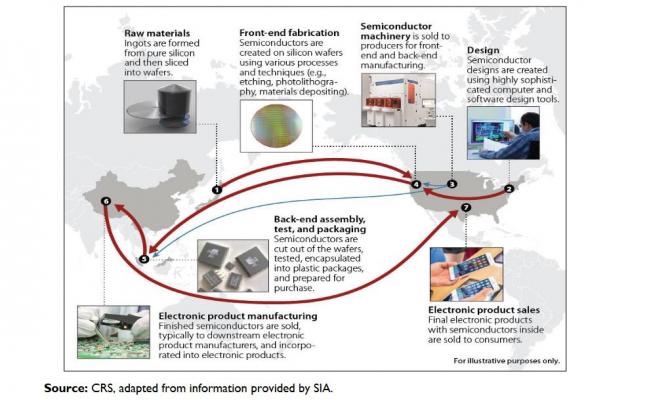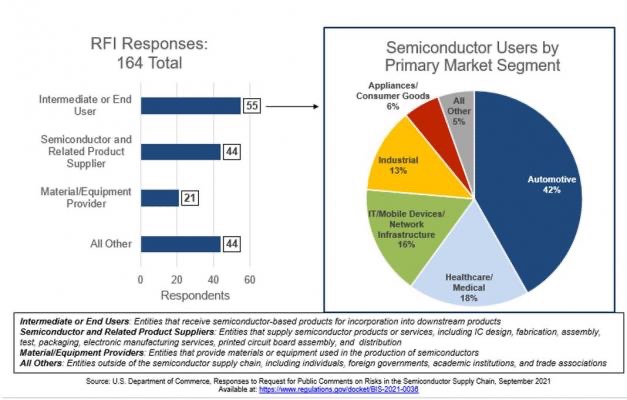

US Department of Commerce: Semiconductor Supply Chain Survey Results Published:
-Identify missing nodes-
January 25, 2022
US Department of Commerce:
The results of a semiconductor supply chain survey that has been conducted since September 2021 have been released. It was
Semiconductor supply chain survey results:
Established Supply Chain Disruptions Task Force with major semiconductor manufacturers.
Request for Information (RFI):
In September 2021, the U.S. Department of Commerce set out to investigate the actual situation of semiconductor shortages.
We asked semiconductor companies to provide supply chain information.
As a result, we received responses from 150 companies, including almost all major semiconductor manufacturers.
Commerce Department Survey Results:
A big mismatch between supply and demand:
Median semiconductor demand in 2021 increased by 17% compared to 2019.
Semiconductor buyers have not realized an increase in supply to meet the increase in demand.
There is a big supply-demand mismatch here.
Inventory of semiconductor products:
Inventories fell to less than 5 days in 2021 compared to 40 days in 2019.
Inventories are even lower in major industries.
Insufficient post-process capacity:
From the responding companies, in addition to the factory production capacity
Materials, assembly, testing, packaging, etc.
There is a reply that the post-process capacity is also insufficient.
–EE Times Japan
https://eetimes.itmedia.co.jp/ee/articles/2202/07/news061.html
Results from Semiconductor Supply Chain Request for Information
U.S. Department of Commerce
In September,
the Department of Commerce
launched a Request for Information (or “RFI”) on the semiconductor supply chain that gave new insight into the complex and global semiconductor supply chain.The Department received
more than 150 responses, including from nearly every major semiconductor producer and from companies in multiple consuming industries.Some key findings include:
Median demand for chips highlighted by buyers was as much as 17% higher in 2021 than 2019, and buyers aren’t seeing commensurate increases in the supply they receive. This is a major supply and demand mismatch.
The median inventory of semiconductor products highlighted by buyers has fallen from 40 days in 2019 to less than 5 days in 2021 (see Figure 2).
These inventories are even smaller in key industries.
The RFI allowed us to pinpoint specific nodes where the supply and demand mismatch is most acute,
and we will target our efforts moving forward on collaborating with industry to resolve bottlenecks in these nodes.
The primary bottleneck across the board appears to be wafer production capacity, which requires a longer-term solution.
U.S. Department of Commerce
https://www.commerce.gov/news/blog/2022/01/results-semiconductor-supply-chain-request-information